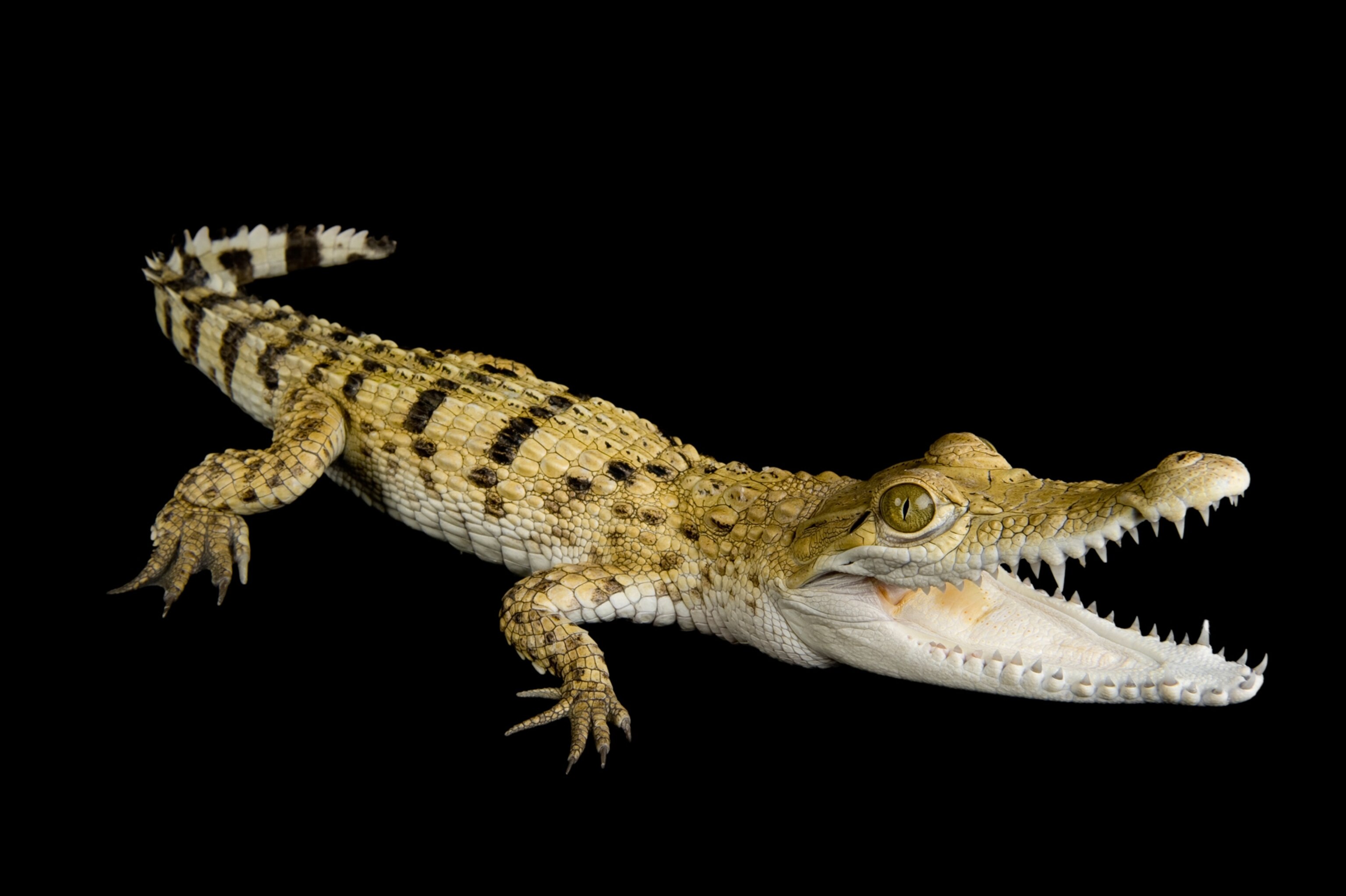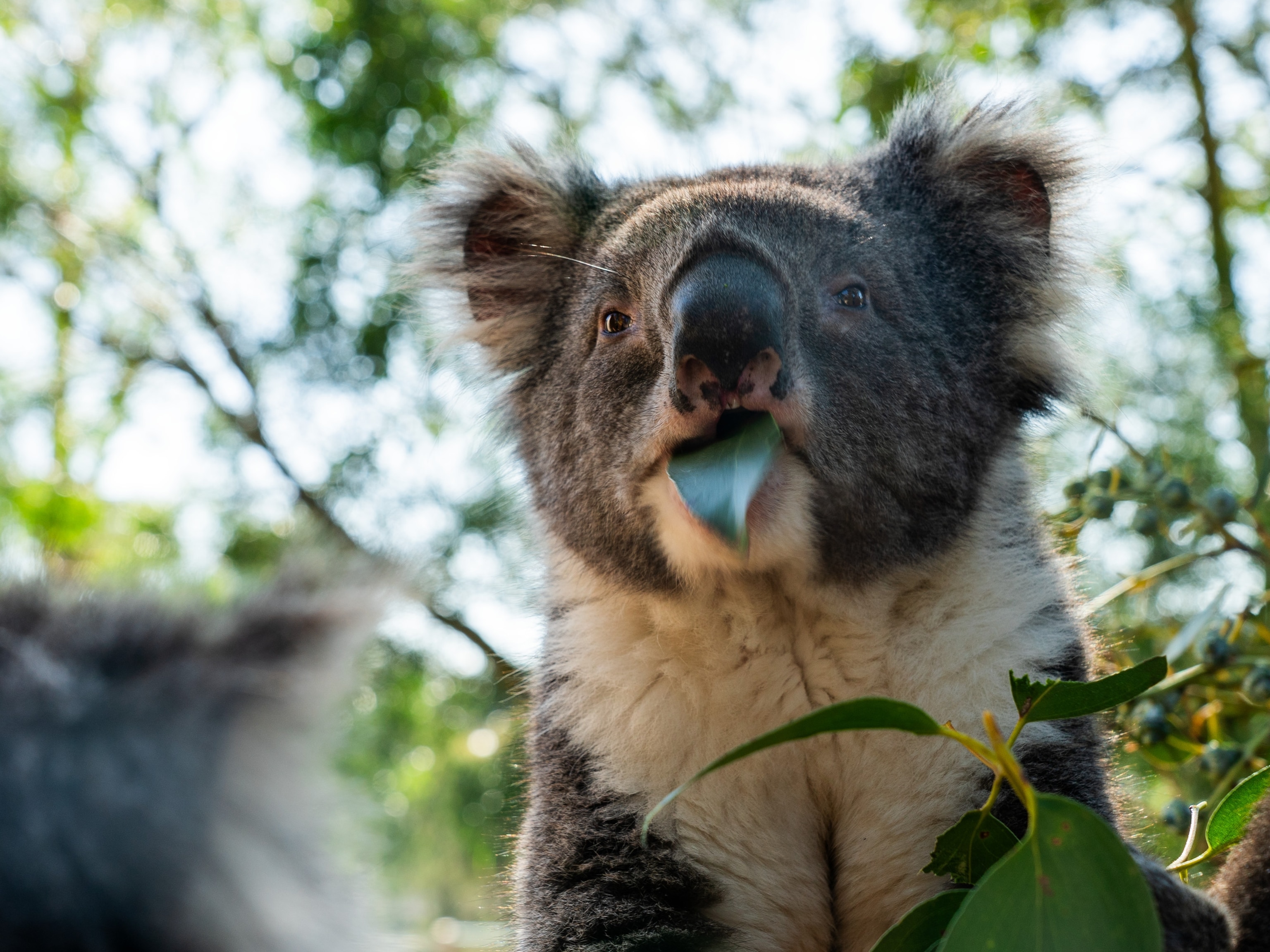Cat-Size Marsupials Reintroduced to Australia's Mainland for First Time
Eastern quolls, which were wiped out of mainland Australia decades ago, are being introduced to the remote Booderee National Park.
There's some "quoll-ity" conservation efforts going on in Australia.
Tuesday marked the first time Eastern quolls, a species of small Australian marsupial, have been returned to the wild. Thanks to a reintroduction program, there are now about 20 of the critters running around Booderee National Park on the south coast of New South Wales. (Read: "Australia Leads in Extinction Rates Worldwide")
The animals are about to enter their first year of breeding, and conservationists hope their reintroduction will help Eastern quoll populations reestablish themselves. Right now, the researchers are trying to figure out what type of habitat the species prefers, and if Booderee's invasive fox control programs have been enough to stem the predators thus far.
"This information could become the blueprint for how to re-introduce quolls to other mainland locations," Rewilding Australia director Rob Brewster said in a WWF Australia press release last year.
Rewilding Australia, along with government funding, Australia National University, and Booderee National Park, are involved in the project, with help from WWF Australia, the Taronga Conservation Society, Shoalhaven Landcare, and the Tasmanian Quoll Conservation Program.
A Booderee Romp
Booderee is already home to hundreds of animal species, from birds and bats to reptiles, amphibians, and fish. Two other species, the long-nosed potoroos and the southern brown bandicoot, were reintroduced to Booderee National Park in the past two years, and they've since thrived. With its naturally protected peninsula and closely monitored invasive fox population, Booderee was a prime spot to reintroduce Eastern quolls, which the International Union for Conservation of Nature lists as endangered. (Read: "'Extinct' Marsupial Rediscovered in Parts of Australia")
The quolls were flown from Trowunna Wildlife Park and Devils at Cradle Wildlife Park, two Tasmanian animal sanctuaries, via chartered aircraft. This week, small groups of them were released at five sites along the remote St. Georges Head peninsula on Australia's south coast. (Related: "50 New Spiders Discovered in Australia")
The quolls have GPS collars and will be monitored by park staff and university ecologists for the next three years. The researchers will also be tracking the non-native foxes, which are their main predator. Booderee National Park natural resources manager Nick Dexter says there are infrared cameras installed throughout the park to monitor native plants and animals as well.
As of March 15, the animals have stayed close to their drop-off points, reported The Canberra Times. The first two weeks are when translocated animals face the most risks. They'll lose weight and get a little rough around the edges because they must find their own food. This is also the time when they're most vulnerable to predators and accidents. (Related: "Once on the Brink, This African Park Is Making a Comeback")
"Some bounded out of the box and took off into the bush as fast as they could, some stopped and had a look around the place and then moseyed off," Wade Anthony, founder of Devils at Cradle, told ABC. "One of them decided to go on a bit of a journey just a bit over a kilometer."
WWF Australia and Rewilding Australia are also working to expand the enclosures at the two sanctuaries, Trowunna Wildlife Park and Devils at Cradle Wildlife Park. It's estimated that larger enclosures will allow for 40 additional quoll births each year. The plan is to follow up this reintroduction with 40 Eastern quolls in 2019, and then another 40 in 2020. (Read: "Why Is This Australian Spotted Cat in Trouble?")
Quolls, Continued
Eastern quolls had been a facet of the southeastern Australian landscape for millions of years, but their population on the mainland disappeared more than half a century ago. A mysterious epidemic paired with the arrival of predatory foxes killed off populations in the 1900s. Human-induced poisoning and habitat destruction also helped to eradicate the species, though they can still be found in fox-free Tasmania. (Related: "New Species of Dog-Size Marsupial Lion Discovered")
Eastern quolls are marsupials about the size of a small domestic cat, which is why they're also sometimes called the "native cat." Males measure about 24 inches long and weigh almost three pounds, while females are slightly smaller. They have thick, soft fur in shades ranging from light brown to black, with small white spots. Eastern quolls also have pointed noses and bushy, white-tipped tails.
During the day, they can sometimes be spotted in their nests, which they make under fallen logs or in burrows under rocks. Although quolls only live two to three years, females can birth up to six quoll pups in a year.
Quolls serve as an ecosystem regulator. The nocturnal marsupials feed on insects, small mammals, birds, and reptiles. (Related: "Poachers Work Across Borders, So Why Not Conservation Efforts?")
"Most of the carnivores lost from the mainland are gone forever," Darren Grover, WWF Australia's head of living ecosystems, told AFP. "So this is a rare opportunity."















